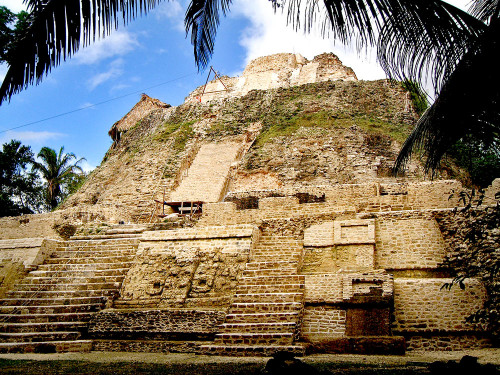
W0746: High Temple – Structure N10-43The High Temple at Lamanai clearly takes its name from the impressive 33 metres it rises from the jungle floor to overlook the canopy and provide an imperious view along the river. The first phases of Structure N10-43’s construction date back to 100BC and already rising to this dominating height. At the time, it would have been the tallest building in Mesoamerica and would have certainly broadcast a statement to Lamanai’s neighbours, rivals and anyone travelling along the river trade route.
The High Temple was built over an existing residential area with evidence of food waste and domestic pottery being found beneath the temple which date back to 300BC. The building style at Lamanai is quite different to the classic Maya construction (leading to the designation of Lamanai Building Type or LBT), and Structure N10-43 is a good example of their individual style, with large terraces and three stairways running up it. Either side of the central stairway is a large carved mask, which are both now badly deteriorated, but you can still see the large ear spools (you can see the two circles between the stairways in the centre of fig. W0746). Immediately above the right mask are the remains of a long temple which stretched across the whole terrace with 11 windows (3 of which you can see in fig. W0746, – although only the bottom halves remain). This long Temple belongs to a latter development in the 6th or 7th century, whereas the masks and the three stairways belong to the first phase and during the second phase these were covered over with a single broad stairway. Pottery offerings found in the first-phase temple spaces indicate that the ceremonies were performed in the Protoclassic period, in approximately 100BC, which is how the temple’s construction has been dated.
The High Temple was never topped with Temple, or at least not with a permanent structure. Instead, Temples were erected on the first terrace, where the remains of the later temple can now be seen, and also on the upper terrace (which can seen in fig. W0746 as the point where the stairs begin again, almost at the top). This conveniently left the top of the Temple free to be used as a lookout and a celestial observatory with pristine views of the horizon to watch for stars rising and to check the position of the sun at dawn – both of which would be impossible on the jungle floor.

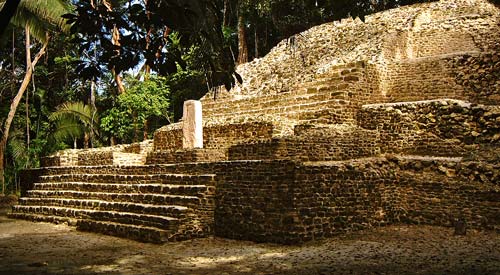
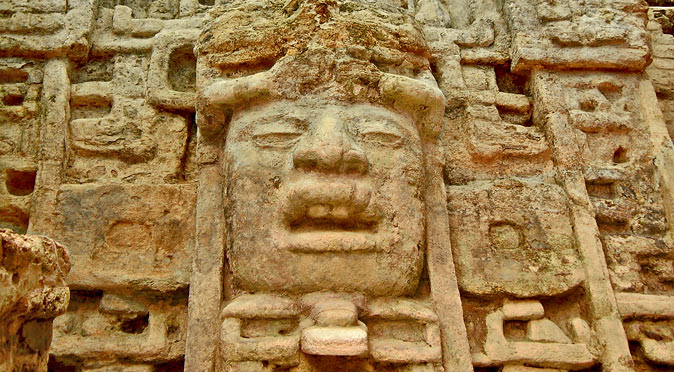
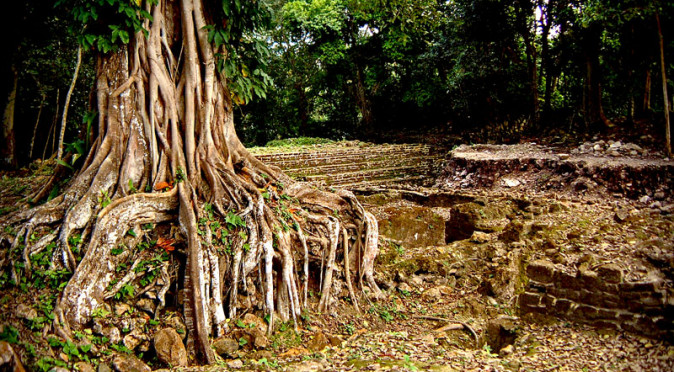
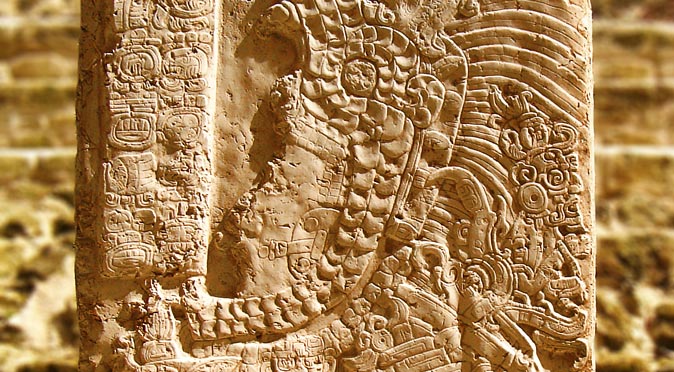
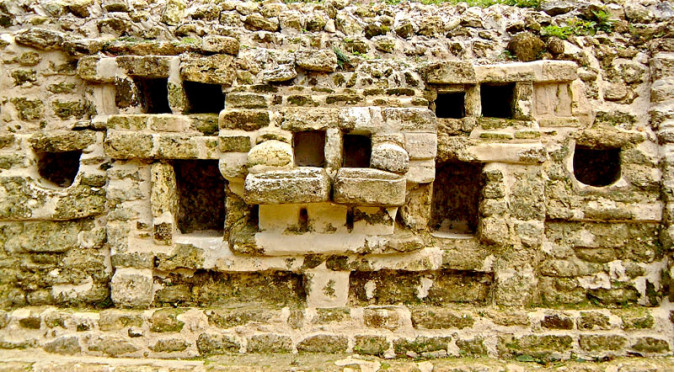
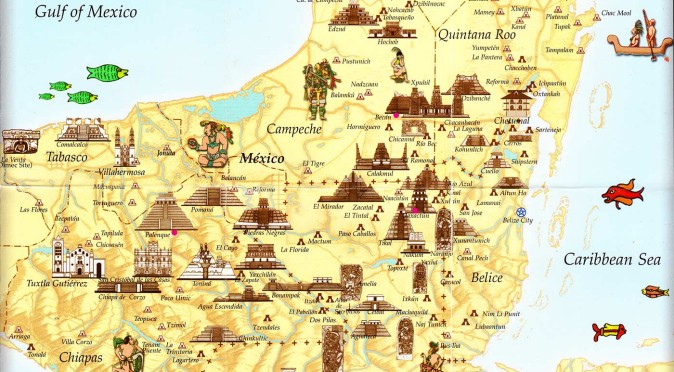
1 thoughts on “Lamanai: The High Temple (N10-43)”